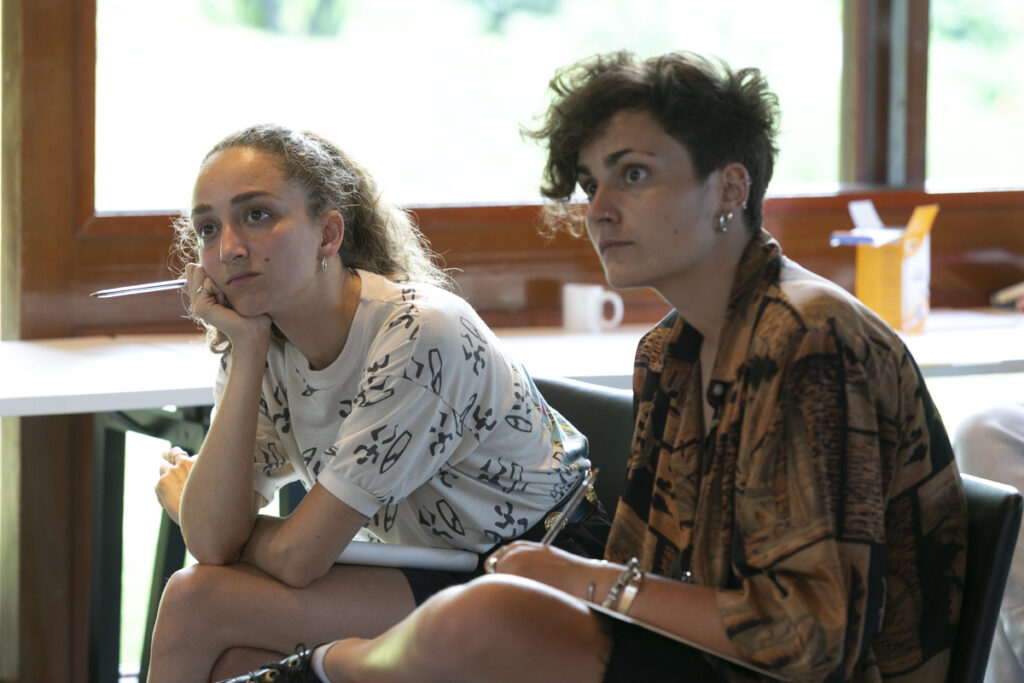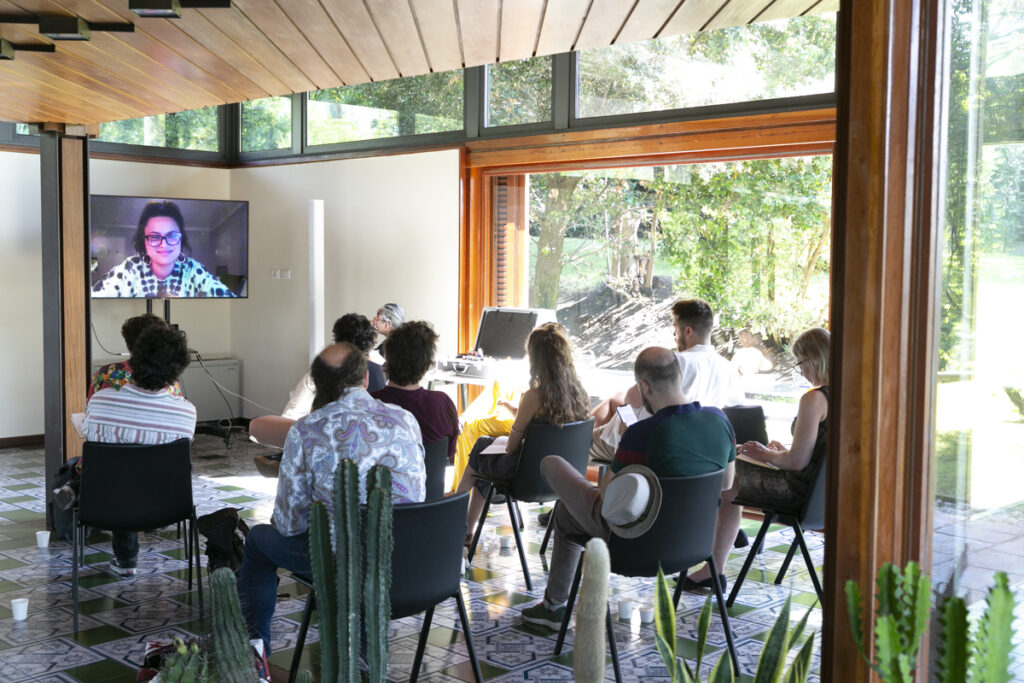Blog Post
Elements of the Creative Incubator
By Kassandra Karlström: Web Marketing Trainee at Pi School
Before the workshop had even started, Jamshid Alamuti (co-founder at Pi School) was chatting—in such a way only he could—with participants outside of the villa. We watched as they flocked around him. It was at that very moment that Maytee (the Program Manager) nudged my side and went: “And there he goes. Working his magic.”

At the very core of the Creative Incubator is Jamshid Alamuti—a man whose mind goes at a hundred kilometers per hour; whose eyes light up whenever a guest lecturer requests a pen (Jamshid is very much an advocate of whiteboard scribbling, as as you can see in any and all photos of his lecturing). The program is essentially his brainchild, an extension of his being and animation. Indeed, the two-and-a-half-day modules are every bit as spirited and as restless as the man himself, and those that do secure a seat, can only expect to be enchanted by both.h.
With that said, the program is very much a joint effort between many constituents, the most evident of which is the Art Directors Club of Europe (with whom it was all established together with). If Jamshid represents, say, the program’s soul, the organization mentioned above—and its vast network of creatives—embodies, instead, its arms. That is, its capacity to reach out, to receive, and to amass. The ADCE has, time and again, united what could only be the brightest continental Europe has to offer and directed them accordingly.
Now, following this trajectory of body symbolism, the speakers—those of whom Jamshid in the Rome module referred to as “superhumans”—exemplify, on the other hand, that of the Creative Incubator’s muscle. The power and the ability found in the experts perfectly round-off the whims of Jamshid. From Julia Arnott-Neenee (Co-Founder of PeopleForPeople) to Sasan Saeidi (Global Partner for Nestle at WPP/WundermanThompson), from quitting corporate to transforming it—the guest lecturers were the force, the motion. They provided this tangibility to the module; their accomplishments acted as living proof that what the Creative Incubator sets out to achieve is not only feasible in its own right but already being done.
“Once you start owning yourself, the world opens up and begins to resonate with you and the energy that you’re putting out into the universe.” - Julia Arnott-Neenee.

While it is clear that Jamshid and the speakers set a precedent from which to act, the conversation is far from one-sided. Here, the participants—the always rambunctious group of creative professionals—are equally as essential, if not more, to the functioning of the ecosystem. Much in line with the methodology of Pi School itself, the program resists traditional teacher-student formalities, giving the tireless bunch the leeway to challenge that of which is being spurred. See, to participate in the melting pot that is the Creative Incubator is to meet fellow movers and shakers; dreamers and doers, whose idealism and perseverance are rendered indispensable to the operation, as they each go on to transform their respective industry thereafter. Their tenacity, comparable only to that of abeating heart.
This now begs the question: to what aim? Which plants are these systems watering? To that, I introduce the final constituent of the Creative Incubator: the theme of conscious capitalism—a topic so pertinent to the times that it has all of the other components acting in its favor. I’ll hand this one over to our star, who can better articulate its meaning.
-

Kassandra Karlström
Web Marketing Trainee